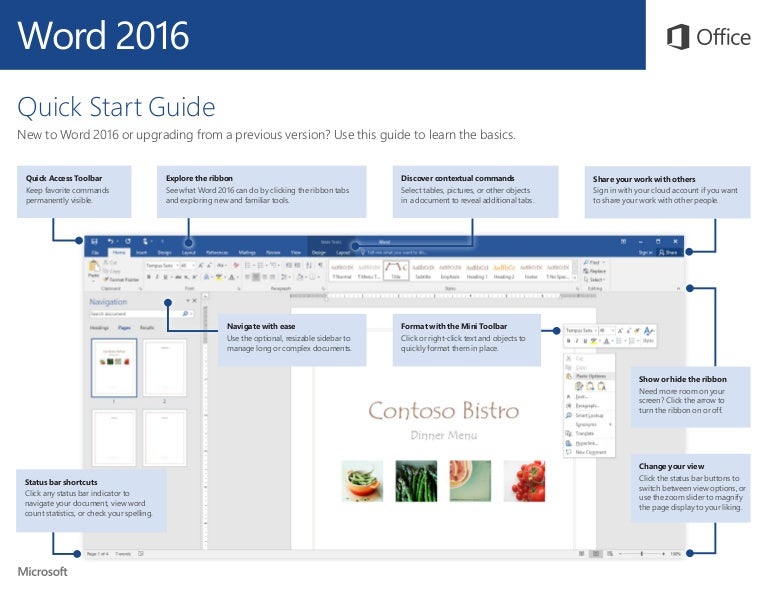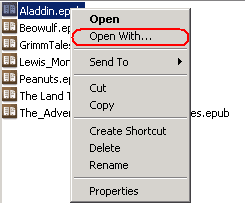


Within the text we can use various embedded commands to format the text. Once we have finished editing we leave L.Edit mode and return to the menu with the Escape key ( ←). Then we use one of the following keypresses to edit the text: rĭelete a character (can be pressed multiple times) We can edit one line at a time and move around within the text using the cursor keys. This will allow us to search for a piece of text to edit from or edit from the start. To edit text properly we need to go into L.Edit (Line Edit) mode after Typing text or from the main menu. It supports sending and receiving text via RS-232. It can be used with certain 40 and 80 column display adapters which would make word processing much easier. QBF as two particularly interesting features that are not available on the other word processors: i.
QUICK WORD PROCESSOR MANUAL
Quick Brown Fox came on a cartridge and there is a manual on. When we have finished typing we can exit Type mode with the Escape key ' ←', which will put us in L.Edit mode, see below. If we press return the line feed is indicated with an character. When on a line we can go back to edit what we have typed but once the line wraps or we press return then we are on a new text entry line and can only edit on that line.

This will allow us to enter text which will wrap on the screen anytime there is a space after the tenth character. In Type mode we can enter text from a point in the text. To get back to the menu from one of the modes press ' ←' which acts as an Escape key. It presents a menu at the start with several different operations we can perform on the text, such as Typing text, Viewing the text, Moving/copying text, Printing, etc. Quick Brown Fox is essentially a line editor. While it is based on a typewriter it adds the ability to edit, copy, paste, handle tabs, load, save and print multiple copies of the text. Overall it works well and provides an easy way to do simple word processing on the Vic. VICWRITER requires an 8Kb memory expansion and was available on diskette (VIC3305) and cassette (VIC3306). We return to Scan/edit mode using CLR/HOME. We can easily move about the page using the cursor keys as well as F5/F6 to move down/up 10 lines and F7/F8 to move forward/back 10 characters. It starts in Overwrite mode ('md=O') and can be switched to Insert mode ('md=I') with the CTRL key. Then press 'k' to enter Keyboard mode which allows us to enter text. VICWRITER starts in Primary mode ('md=P') and we can enter Scan/edit mode ('md=S') using 's', this defaults to 80 character width but we can put a number after it such as 60 to indicate 60 character width. The status line also indicates the current line with 'ln='. The word processor has various modes and submodes indicated at the top by 'md=' and then the mode. This actually works quite well and allows us to quite comfortably type as if using a typewriter but with the benefit that we can easily move around the page to edit what we have written. The line width ruler is displayed below this. It creates a display like a typewriter where the page moves as if on a carriage about the central typeface area. VICWRITERĬommodore's VICWRITER has an interesting approach to dealing with the 22 character width of the Vic. In many ways this is a follow-on article to: Spreadsheets on the Commodore VIC-20. Here I will show a variety of word processors each of which handles the 22 column restriction in a different way.

Word processing is possible on the VIC-20 and can be surprisingly comfortable despite the small screen text area.


 0 kommentar(er)
0 kommentar(er)
